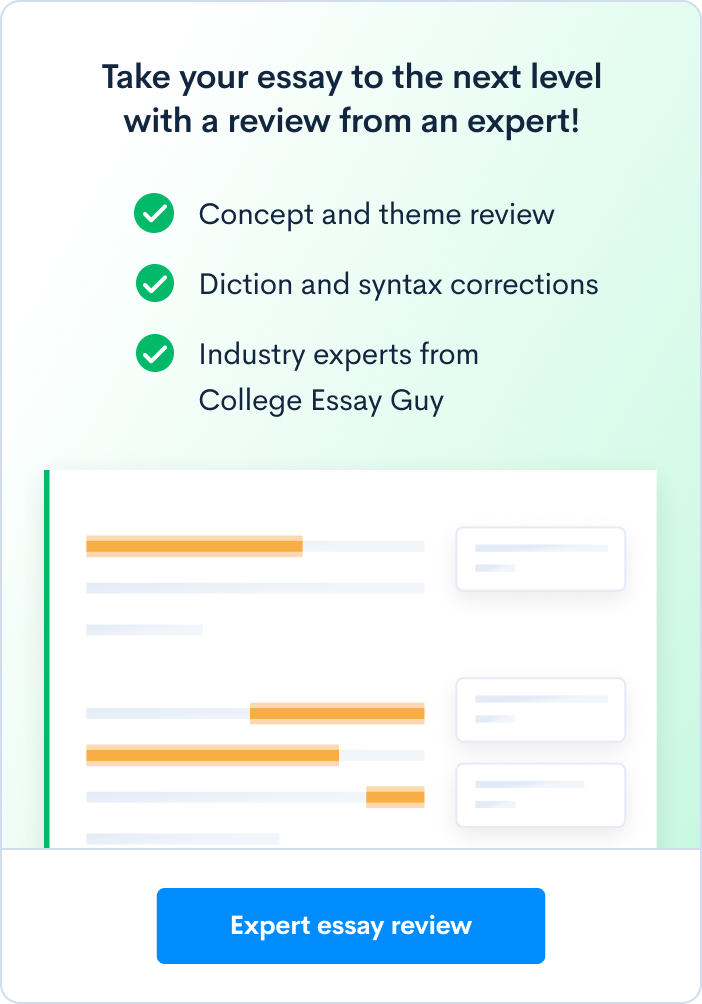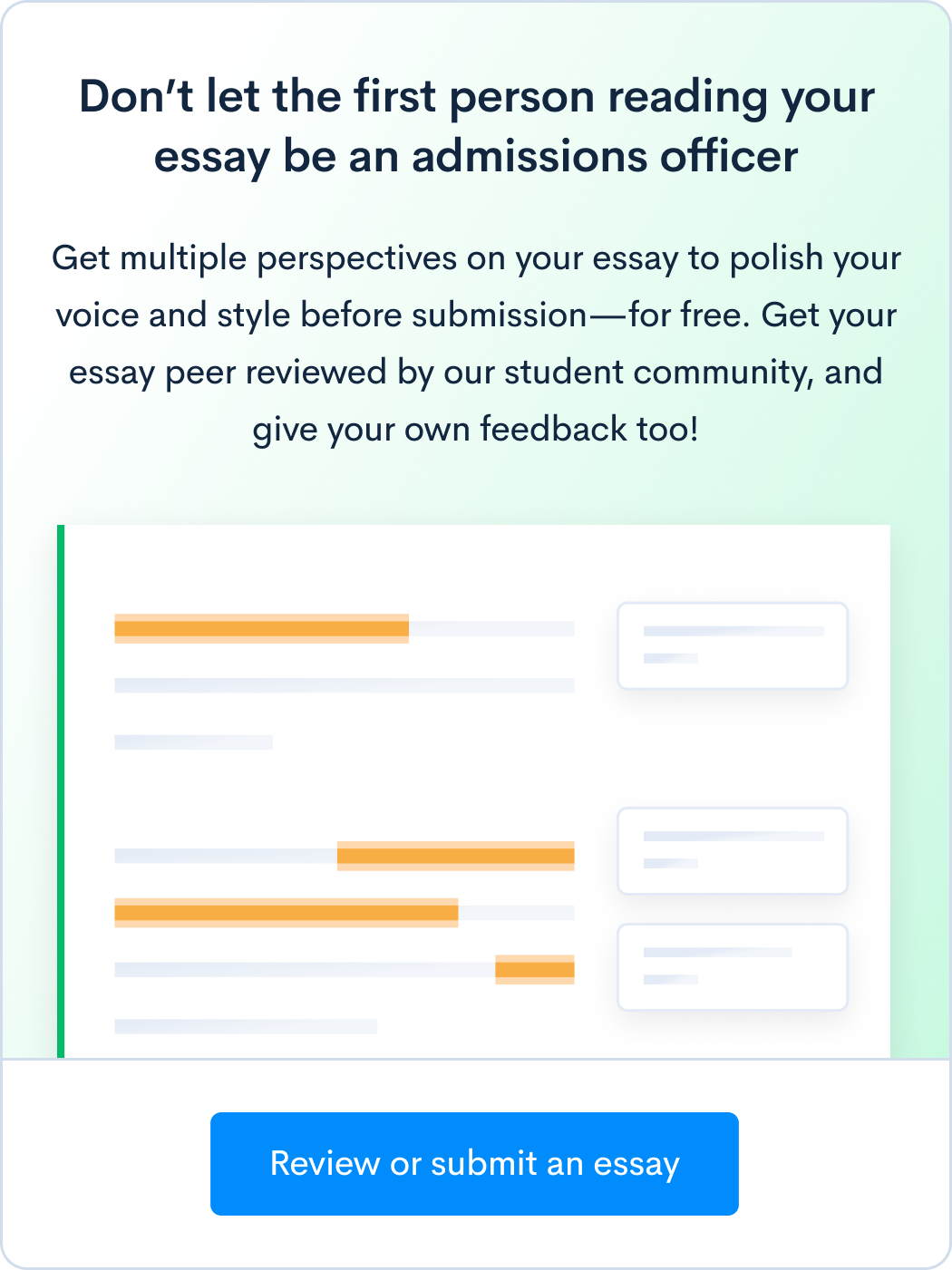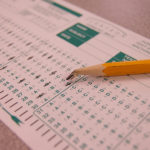Why This Stanford Supplement Essay Works
Want to learn what Stanford University will actually cost you based on your income? And how long your application to the school should take? Here’s what every student considering Stanford University needs to know.
Prompt: Stanford students possess an intellectual vitality. Reflect on an idea or experience that has been important to your intellectual development (250 words).
As with any prompt, the first step is to take a close look at exactly what the question is asking for you to discuss in your response. Many colleges have some variation of this prompt – asking you to reflect on an idea which has grown to fascinate you.
Here, Stanford asks you to demonstrate the intellectual vitality common among Stanford students. As such, your writing should show your passion about whatever idea or experience you choose to discuss. It is important that you show – not tell – what it is that excites you about the topic, as opposed to simply stating your excitement. Instead of passively describing your interest, demonstrate it through active verbs, vivid descriptions, and diverse syntax. If a topic is sincerely of great interest to you, you should be able to describe it in a way that makes it sound exciting for a reader!
Consider the following two examples that a student interested in art history might write.
Passive: I have always loved art history. On the weekends, I like to go to museums and visit old paintings and sculptures. I am fascinated by how much the art that someone creates can tell you about their life. When I look at Van Gogh’s painting, I love to imagine him sitting down and actually creating it.
Active: For a second, I saw Van Gogh dipping his paintbrush into the pigments on his paint board, each bristle becoming draped in a swirl of bright yellow. His hands moved carefully yet quickly as he covered the canvas with dots and dashes. *WHACK* The redheaded artist vanished. One of the many other museum visitors bumped into me, and I came crashing back into 2019.
See how the second version allows the author to show not tell their passion for art history by using the literary techniques discussed above (active verbs, vivid descriptions, and varied syntax)?
Employing in media res – starting your narrative in the middle of the action – can be a great tool for this style of essay. Then, zoom out to explain the background of the excitement you just showed. The attached sample essay does a great job of this, with the student starting his essay with an alarm clock ringing at 3 AM. Using this technique immediately attracts a reader’s attention, as it allows you to set up questions (like “why would you set your alarm for 3 AM?”) that keep admissions officers engaged.
This supplement is not supposed to be a short report on a subject – you don’t want to write a history of Van Gogh’s life and work. An admissions committee doesn’t want to read a mini Wikipedia article, but rather to learn about how you think. While you should make sure to describe the concept in a brief, simplified fashion, the bulk of your response should be about you (and your intellectual or personal relationship to the topic).
You also want to ensure that you are describing excitement about your experiences as they relate to academics, not just focusing on something cool you have done. For example, you may have a lot of experience with equestrian sports that you can describe in great detail. However, admissions committees won’t be interested in this experience if you fail to connect it with your excitement about comparative biology.
In fact, this is exactly what the first draft of the sample essay got wrong. The author spent all but one sentence describing the magic of lucid dreaming – only briefly connecting this hobby to his intellectual interests in philosophy and psychology. With CollegeVine’s help, the author was able to restructure his essay in a way that demonstrates the academic zeal for which Stanford searches. Ultimately, this applicant did a great job of showing the experience that introduced them to the kinds of questions asked in the mind-body problem.
Crucially, the author showed how he is attempting to develop his intellectual understanding of the topic before college. As most high schools don’t offer courses in philosophy, the admissions committee won’t expect this applicant to have a deep understanding of the material. This is true for most topics – you don’t need to have intense research experience to talk about your passion for genetics, or even have been to an art museum to discuss your fascination with art history. Rather, demonstrate what you have been doing with the resources readily available to you to develop intellectually. Talk about documentaries, books, and websites you’ve consumed or even conversations you’ve learned from. Generally, show your desire to parse through all the information available to you in order to fully understand a topic.
Breaking Down A Stanford Supplemental Essay
Let’s break down the final draft of the sample essay and see how the author successfully incorporated the advice above.
My alarm clock rings: 3 AM. I fumble around for the “off” button, breathe deeply, and stand up. I flip on the light and sit on the ground, preparing to read the latest Stephen King novel for the next half hour.
The author uses the literary technique in media res effectively. Immediately, the reader wants to know why someone would set their alarm for 3 AM just to read a Stephen King novel. This will hook an admissions officer from the start! Also, notice the use of active voice and an abundance of verbs; the author fumbles, breathes, stands up, flips on, sits on, prepares, and reads all within two sentences.
Though I love reading about cell phone zombies, reading science fiction is a byproduct of my real purpose. My goal is to lucid dream. Many people use dream journals and reality checks to bring themselves into this state; I most easily achieve lucidity when I wake up, distract myself with a book, then return to slumber.
The author does a great job of introducing us to his topic – an experience that has been important to his intellectual development – quickly. The student also answers our questions from the first part of his essay – why is he waking up at 3 AM to read Stephen King. The strategies used to reach the state of lucid dreaming are explained at a level that represents the student’s level of expertise while still being accessible to non-experts. That being said, the student could have added in a short, clarifying statement, given that lucid dreaming is an obscure topic that admissions officers may never have heard of. Further, note the variance in syntax length and structure that the author has already used – short and long sentences, colons and semicolons.
During these periods, I can consciously travel to the Salar de Uyuni salt flats, present a TED Talk, or visit my grandmother’s kitchen. Most importantly, I can explore questions of consciousness and reality.
In a creative fashion, the author uses a prompt about intellectual excitement to also show us a little bit about his other interests, goals, and connections. The sites that the student chooses to visit while lucid dreaming let us know he has an interest in travel, are ambitious, and have a close connection with his grandmother. In fact, these details would be made more salient if they were connected to other essay topics within the student’s portfolio. Finally, we are introduced to how exactly lucid dreaming connects to the student’s intellectual fascination: “questions of consciousness and reality.”
At 3:30, I flick off the lights and tuck myself into bed for the second time that night. I visualize the Bolivian salt flats, attempting to enter a lucid dream. My body falls asleep while my mind remains conscious. As I imagine the salty breeze kissing my skin, and a galaxy of stars spilling over the glassy waters, I ponder Rene Descartes’ mind-body problem. In a dream, I can create empirically “unreal” realities, while leaving my body behind. When I awake, I study the philosophical and psychological texts that help me grapple with the paradoxes lucid dreaming creates. No matter my state of consciousness, I can continue to push my understanding of what it means to “be.”
Again, the student shows off his writing prowess with vivid descriptions of his lucid dreams. It takes a certain amount of creativity to be able to conjure up alternative dreamworlds, and this creativity is certainly showcased in the applicant’s description of a “salty breeze kissing [his] skin, and a galaxy of stars spilling over the glassy waters.” Crucially, the student draws connections between his lucid dreaming hobby and intellectual passion. He exhibits a degree of understanding of the topic, without attempting to come across as an expert (let’s face it, Stanford doesn’t expect high schoolers to be experts, just excited!). His reference to a specific philosopher is a nice touch, as it allows admissions committees to know the author has spent time exploring this area of philosophy without regurgitating too much of the literature and risking sounding pretentious. That being said, the author does a great job of showing admissions officers how he goes above and beyond his basic schooling – studying relevant philosophical and psychological texts to explore advanced theories of consciousness and “being.”
Want help with your college essays to improve your admissions chances? Sign up for your free CollegeVine account and get access to our essay guides and courses. You can also get your essay peer-reviewed and improve your own writing skills by reviewing other students’ essays.





